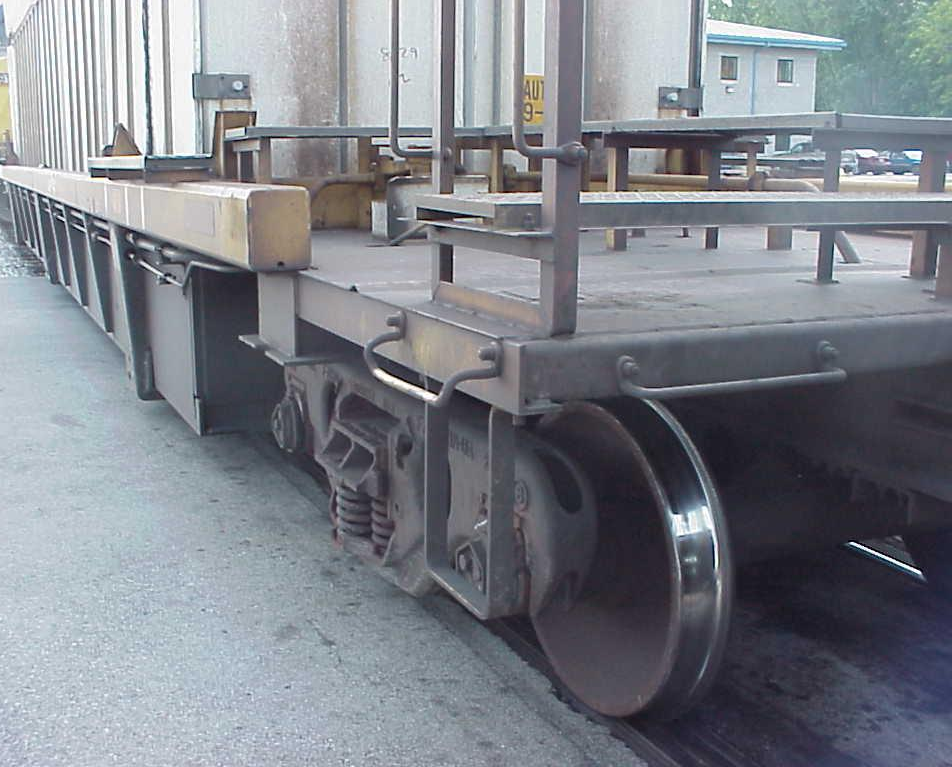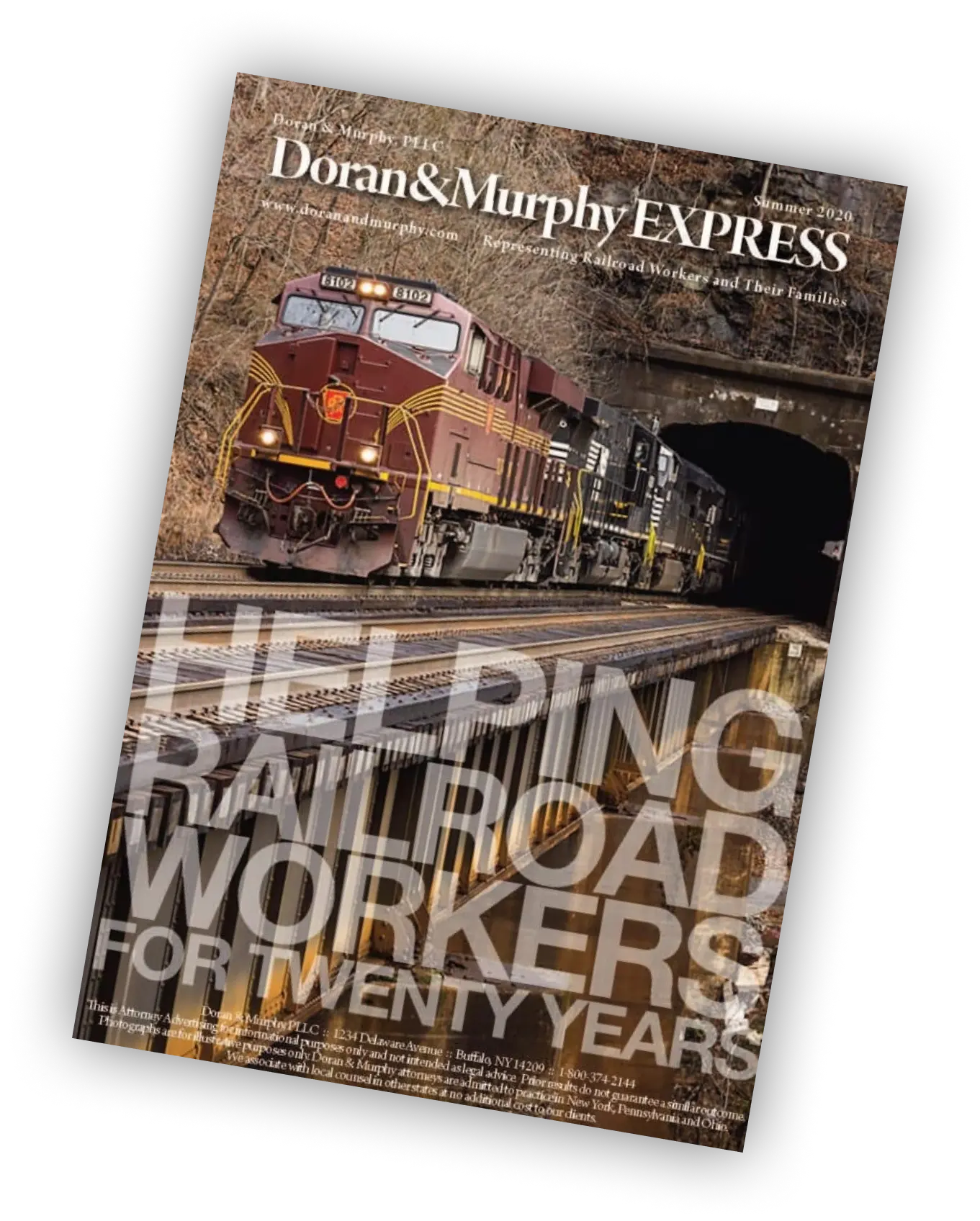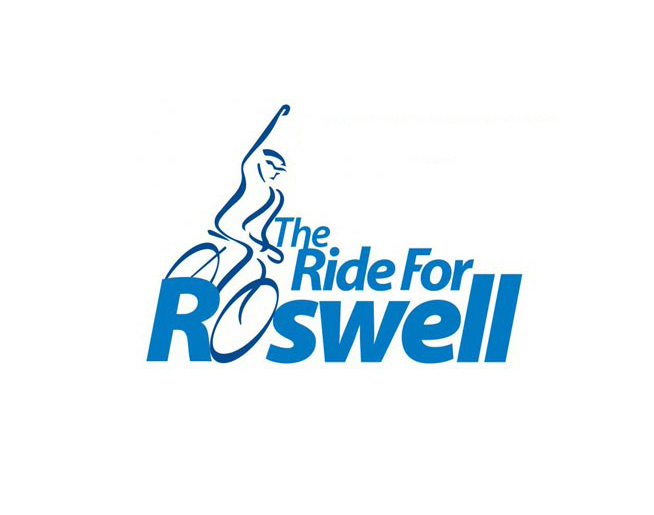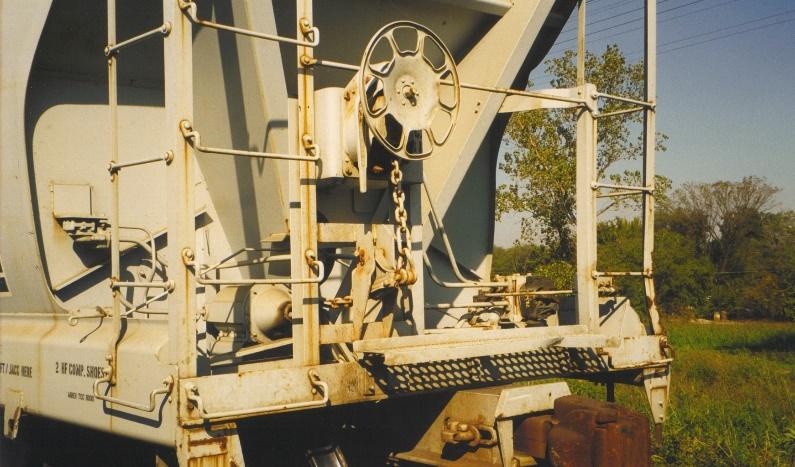
The National Transportation Safety Board (NTSB) recently issued its Final Report in a tragic fatality from June 26, 2023. The NTSB led the two-year investigation into the death of a conductor trainee who fell from an intermodal railcar during a shove movement, and was then struck by the train he had been riding. The NTSB’s final report concluded that the railroad’s rules and training were deficient, and that there are not sufficient research-based standards for the safe use of safety appliances when riding rail cars.
Just prior to the accident, the conductor trainee was riding on the bottom sill step of an intermodal railcar. As they approached a grade crossing, he moved up to the handhold to comply with an operating rule that prohibits riding the bottom step of equipment over grade crossings. The engineer of the train slowed the train to come to a stop, and slack action caused the trainee to slip forward and fall into the train’s path. The more experienced conductor trainer experienced the same slack action and which similarly caused him to slip, but his different riding stance with two hands on the vertical handholds prevented him from falling.
The NTSB found that CSX’s conductor training program “sent conductor trainees into the field without performance-based verification that they could safely ride an intermodal railcar, leaving them unprepared . . .” (Report at Page 6). The agency also found that the current guidance from the federal government and the industry standards were insufficient and left railroad employees “vulnerable to preventable injuries and fatalities…” (Report at Page 6).
As part of the investigation, the NTSB reviewed the Federal Railroad Administration’s 2023 injury data, finding that riding on the side of a railcar accounted for 29% of all on-duty fatalities while representing only 1% of worker casualties – demonstrating that the activity has a much higher risk of death compared with other railroad tasks.
This tragic fatality exposed a flaw in the industry’s operating rules across the six Class I freight railroads: none of the six Class I’s prohibit using handholds as footholds. The handholds that are often used as footholds, particularly on intermodal equipment, result in restricted foot placement due to the small clearance between the car body and the handhold – sometimes as small as 2 inches. This small space does not allow proper foot placement (foot placed perpendicular to the handhold) and instead requires an awkward stance (foot facing the direction of travel rather than the equipment).
The NTSB has recommended that the railroads prohibit employees from riding railroad equipment with their feet on safety appliances that restrict foot placement, and will re-evaluate the recommendation after the FRA issues guidance.
Confusing, conflicting rules, inexperience and inadequate training can result in tragic outcomes. If you are a railroad worker who has been injured at work, contact an experienced railroad injury attorney to determine if you have a claim under the Federal Employers’ Liability Act.





